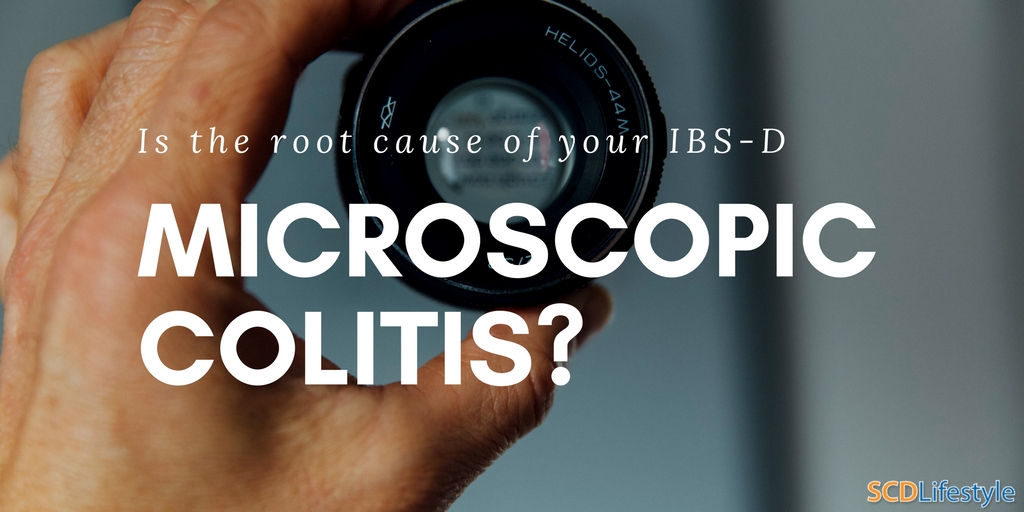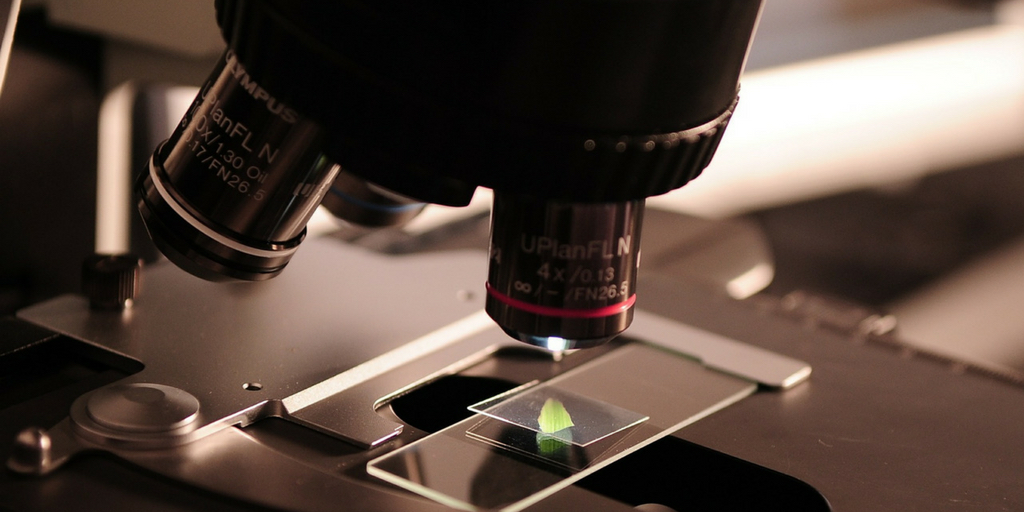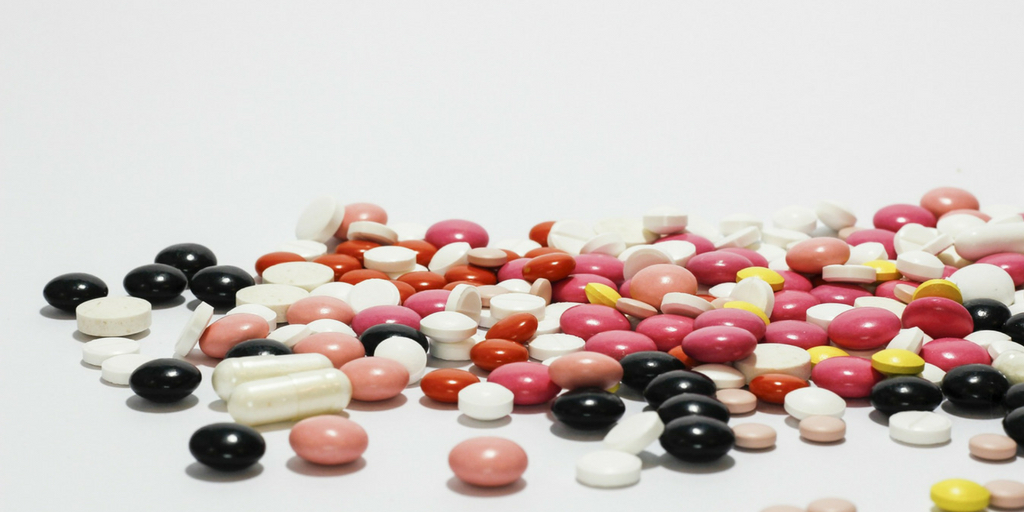Is The Root Cause Of Your IBS-D Microscopic Colitis?


If you’ve ever found yourself in a desperate search for the nearest bathroom or wondered how you were going to make it through the next 15 minutes, you know just how awful diarrhea can be.
I once knew this feeling all too well… and millions of others are still experiencing it.
It wasn’t until I addressed the root causes of my diarrhea (Celiac disease and gut infections), that the diarrhea finally stopped.
In other words, finding the root cause is key. (And this is where conventional wisdom tends to fail.)
If you’re still searching for the answer… the fix… that one thing that will make the diarrhea stop, Microscopic Colitis (MC) is one possible root cause you shouldn’t overlook.
This on-the-rise condition has a strong correlation to PPIs and NSAIDs, and the most common symptoms are chronic diarrhea, cramping and bloating…
And with MC being detected twice as often as it was just a decade earlier, we urge you to educate yourself on this topic and ultimately rule it in or out.
You can do that here, as we dive into how MC is diagnosed, what triggers it, how the gut is connected and much more.
What Is Microscopic Colitis?
Microscopic Colitis is characterized by inflammation in the colon (large intestine) and rectum. The term “microscopic” is used because the inflammation is invisible to the naked eye.
Signs and symptoms of Microscopic Colitis include:
- Chronic, non-bloody diarrhea (4 bowel movements per day on average)
- Abdominal pain or cramps
- Bloating
- Weight loss
- Dehydration (due to water loss)
There are two types of Microscopic Colitis – collagenous (CC) and lymphocytic (LC).
Differences between the two types are minor – in collagenous colitis, there is a distinctive thickening of the tissue within the colon.
Both CC and LC are diagnosed and treated in the same way and many experts believe each form represents a different phase of the same disease process.
How Is Microscopic Colitis Diagnosed?

The inflammation associated with MC can only be viewed under a microscope, therefore a biopsy is required. Biopsy is simply the fancy word given to the process of examining body tissue under a microscope and is the main tool for detecting changes within the colon and rectal area.
A biopsy can be taken during a colonoscopy – a common procedure that utilizes a flexible tube and camera to capture images from inside the colon. These images can then be transferred onto a screen for your doctor to view.
It’s all too common for those with chronic diarrhea to automatically be diagnosed with IBS-D (Irritable Bowel Syndrome with Diarrhea). However, these effective examination procedures are changing that trend by ensuring the patient gets the right diagnosis.
Recent studies showed the incidence of MC more than doubled over that last decade with rates of 21 cases per 100,000 people per year. MC is most common in women over 40 and it’s estimated that 10-30% of patients investigated for chronic diarrhea will be diagnosed with Microscopic Colitis if biopsies are taken.
Triggers of Microscopic Colitis
The exact cause of Microscopic Colitis is not yet fully understood, but the following factors play a role:
- Non-steroidal anti-inflammatory drugs (NSAIDs) – Studies show these common pain relieving medications have a direct association with Microscopic Colitis. A group of patients with CC saw symptoms and tissue changes improve when they stopped taking NSAIDs, just as they saw symptoms return when the NSAIDS were taken again.
- Proton pump inhibitors (PPIs) – PPIs are frequently prescribed for symptoms of acid reflux or heartburn. Research shows this prescription drug is associated with an increased risk of Microscopic Colitis. Continuous use for 4-12 months posed a higher risk and using PPIs along with NSAIDS showed the strongest association.
- Bile Acid Malabsorption (BAM) – Bile is a fluid that helps digest fats and carry waste products out of the body. Bile acid malabsorption is the intestine’s inability to completely reabsorb these acids and therefore allow them to reach the colon and potentially cause diarrhea. One study showed 12 of 27 (44%) patients with collagenous colitis also had BAM.
- Smoking – Cigarette smoking is more prevalent compared to subjects without Microscopic Colitis and reports suggest that lung cancer is associated with the disease. Studies show smoking increases the number of watery stools and decreases the chances of remission.
Microscopic Colitis and the Autoimmune Connection
To date, no specific autoantibody had been confirmed but strong evidence exists for an autoimmune basis in both types of Microscopic Colitis.
Studies reveal approximately 30% of patients with MC are likely to suffer from other auto immune-based disorders such as Celiac disease (12.9%), thyroid disease (10.3%), Sjögren’s syndrome (3.4%) and Rheumatoid arthritis.
Among all autoimmune disorders, Celiac disease appears to have the strongest association, as patients with MC have a 50 to 70 fold increased risk of having Celiac disease as compared to the general population.
Familial studies show as many as 12% of patients with MC have a family history of Inflammatory Bowel Disease (IBD) – a common group of digestive disorders.
Variation in the metalloproteinase-9 gene (MMP-9) may be part of a complex genetic profile for collagenous colitis, but further studies are needed to confirm this connection. MC is strongly associated with the the HLA-DR3-DQ2 haplotype – also prevalent in those with Celiac Disease.
One study showed the HLA-DR3-DQ2 haplotype was more frequent in patients with MC (43.8%) as compared to the control group (18.1%).
We don’t know the degree in which genetics are involved, but we do know enough about autoimmunity to know that inflammation is the driving force behind the disease process.
What Causes Microscopic Inflammation?
If mucosal inflammation is the hallmark sign of MC, we have to ask ourselves the obvious question – what causes it?
Mucus membranes are areas of the body which produce mucus to help filter out inflammatory agents such as bacteria, viruses, and other invaders.
And while they’re designed to do just that, the process goes awry when the load is more than the membranes can handle.
So what allows these inflammatory agents to interact with the mucosal barrier of the large intestine and ultimately cause inflammation?
Normally, the gut acts as a protective barrier but when the gut is leaky, it allows foreign invaders (those same bacteria and viruses) to enter the bloodstream and wreak havoc along the way.
This havoc can result in a number of things, including allergies, skin issues, brain fog, autoimmunity and, you guessed it – Microscopic Colitis.
The Leaky Gut – Microscopic Colitis Connection
It’s no coincidence that some of the key players in the disease process of MC are also directly correlated with the gut – check out the following connections:
The PPI – Gut Connection: PPIs are drugs used to suppress stomach acid production and treat acid reflux. These drugs promote unhealthy changes in the gut by promoting an environment that favors the growth of opportunistic bacteria such as C. difficile. Proton pump inhibitors not only increase bacterial colonization but can also accelerate intestinal transit time (aka diarrhea).
The Gut – Hormone Connection: The sex hormone estrogen has epithelial barrier-enhancing properties which help promote a healthy gut. Progesterone, also a sex hormone, has been reported to suppress inflammatory responses in rats experimentally induced with colitis. The hormonal shift (a decrease in these hormones) seen at the time of menopause gives some insight as to why the prevalence of MC in women over 60 is so high.
The Gut – NSAID Connection – An estimated 30 million people rely upon NSAIDs (i.e. aspirin, Ibuprofen) every day for pain. Studies show these common pain relievers alter the intestinal barrier function and lead to increased intestinal permeability.
The Gut – Infection Connection – Several studies show a correlation between either the onset of Microscopic Colitis following a gut infection or improvement of symptoms with the initiation of antibiotics to get rid of the infection and in some cases, both. Clostridium difficile and Campylobacter species have been associated in Microscopic Colitis, although more research is needed to make a firm conclusion.
So what does this all mean?
It’s nearly impossible to ignore a leaky gut as part of the cause and solution to Microscopic Colitis. Unfortunately, the large majority of mainstream medical doctors are hesitant (to say the least) to accept the role it plays in the autoimmune process.
Medical Treatment Options – Do They Solve the Problem?

The primary goal of conventional medical treatments for MC is to address the widespread symptoms.
The key recommended treatment is glucocorticoid budesonide – a corticosteroid used to decrease levels of inflammatory cytokines and tumor necrosis factor (TNF).
Aside from the negative side effects that can result from the long-term use of corticosteroids, like hypertension, osteoporosis, and diabetes mellitus, we have to ask a very important question – does this medication solve the problem?
Although the primary response to budesonide is often a positive one, relapses occur in as many as 80% of patients when the treatment is stopped.
And relapses are typically a sign that the process is still there… still going on.
And that’s exactly why we’re so passionate about getting to the bottom of the issue in the first place – because the goal is remission not just symptom management.
Other medical recommendations such as avoiding NSAIDs, consuming a low fat and low fiber diet, and imodium result in the same issue – they don’t address the root cause.
And that’s exactly what we’re here to address today – the root cause of autoimmunity.
The Leaky Gut – Autoimmune Connection
The last thing those suffering from an autoimmune condition need is more work for the immune system…
Yet this is exactly what a leaky gut does.
Alessio Fasano, M.D. has been on the forefront of recent autoimmune disease research and published a paper titled “Leaky Gut and Autoimmune Diseases.”
His findings present the idea that in order for an autoimmune condition to develop, 3 conditions must all exist together:
- A genetic predisposition to autoimmunity (i.e. possible MMP-9 gene)
- An exposure to the environmental trigger (i.e. Chronic use of PPIs and NSAIDs)
- Increased intestinal permeability (a.k.a. Leaky Gut Syndrome)
Another expert summarized the connection this way:
“Leaky gut syndrome is almost always associated with autoimmune disease. In fact, reversing symptoms of autoimmune disease depends on healing the lining of the gastrointestinal tract. Any other treatment is just symptom suppression.” – Dr. Jill Carnahan, MD
The good news? Healing a leaky gut is one factor that’s in our control and, beyond that, it can be done with the right plan.
How to Turn Off Autoimmune Disease

Hippocrates, the famous Greek physician, stated “all disease begins in the gut,” and some 2,000 years later Fasano and many experts agree.
Ancient and current wisdom both suggest that powerful healing must begin in the gut and we’re here to help you do just that – heal.
We’ve hosted a free webinar called, “How to Turn Off Your Autoimmunity and Restore a Healthy Immune System.”
It’s completely free, and we walk you through how to address the health of your gut so that your immune system can stop attacking itself.
The topic of autoimmunity is complicated and the amount of information out there can be overwhelming. That’s why we’ve done the work for you and are grateful to support you on this journey.
– Jordan
P.S. – What is holding you back from healing? Let us know in the comments below 🙂
Did You Like this Article?
Subscribe to our newsletter to receive email notifications, some ways to find relief, and next steps.
